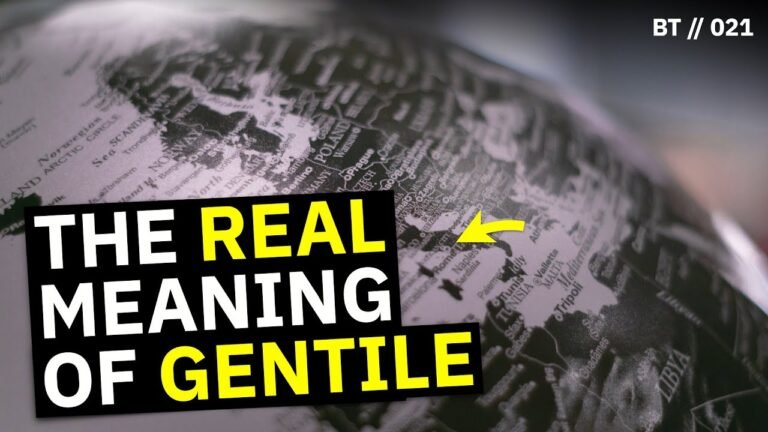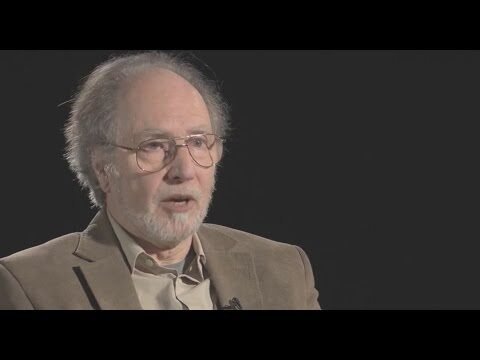Unraveling the Mystery of the Tower of Babel
The Tower of Babel stands as a powerful symbol of ambition and human unity, intertwined with a cautionary tale about communication and cooperation. Originating from a biblical narrative, this legendary structure was built by humanity in an attempt to reach the heavens. However, their efforts were thwarted when God disrupted their common language, scattering them across the earth and sparking the diversity of languages we know today. This ancient story not only reflects the complexities of human aspiration but also serves as a reminder of the challenges we face in bridging cultural divides. In exploring the Tower of Babel, we uncover profound lessons about collaboration, ambition, and the intricate tapestry of human society.
What does the Tower of Babel signify?
The Tower of Babel symbolizes the consequences of human pride and ambition. According to the biblical narrative, humanity sought to build a tower that reached the heavens, demonstrating their desire to be equals with God. This act of defiance prompted divine intervention, resulting in the creation of various languages that fragmented human communication and cooperation.
As a result, the Tower of Babel serves as a powerful reminder of the limitations of human endeavors when they conflict with divine intent. The emergence of multiple languages not only highlights the diversity of cultures but also illustrates the inherent challenges of understanding and unity. In essence, the story underscores the delicate balance between ambition and humility in the face of a greater power.
What was the reason behind God’s destruction of the Tower of Babel?
The story of the Tower of Babel illustrates the consequences of human ambition and unity in defiance of divine authority. As the builders sought to reach the heavens and establish their greatness, God intervened by confusing their language, effectively scattering them across the earth. This act served to remind humanity of its limitations and the importance of humility, emphasizing that while collaboration can lead to remarkable achievements, it must align with a higher purpose.
What lesson can be learned from the story of the Tower of Babel?
The Tower of Babel narrates a fascinating tale found in Genesis 11:1–9, illustrating the origins of multiple languages and the diversity that exists within humanity. As people united with a singular ambition to build a tower reaching the heavens, their pride and desire for greatness became evident. This collective endeavor, however, provoked the attention of God, who ultimately decided to intervene, scattering the people and introducing different languages to halt their progress.
At its core, the story serves as a powerful reminder of the dangers of hubris. The builders of Babel believed they could rival divine authority, showcasing how unchecked ambition can lead to fragmentation. By striving for glory without humility, they lost their unity and purpose, demonstrating that even the most grandiose plans can be thwarted by a higher power when pride takes the forefront.
Ultimately, the moral of the Tower of Babel resonates with the importance of humility and the recognition of our limitations. It teaches that while collaboration and ambition can drive human achievement, they must be tempered with respect for a greater order. The narrative highlights the value of diversity in communication and understanding, urging us to embrace our differences rather than allowing pride to lead to division.
Exploring the Origins of Language and Culture
Language and culture are intricately intertwined, serving as the foundations of human connection and expression. From the earliest forms of communication, primitive sounds and gestures laid the groundwork for the sophisticated languages we use today. These early interactions not only facilitated survival within communities but also fostered the sharing of stories, beliefs, and traditions, setting the stage for the rich tapestry of cultures that have emerged over millennia.
The evolution of language reflects the dynamic nature of culture itself. As societies transformed through migration, trade, and conquest, languages adapted, absorbed influences, and diversified. This linguistic evolution is mirrored in cultural practices, as new ideas and customs blend with existing traditions, creating unique identities. The interplay between language and culture highlights how they both shape human experience, influencing everything from social norms to artistic expression.
Today, understanding the origins of language and culture is decisivo for appreciating the diversity of human experiences. By studying how languages have developed and how cultures have interacted, we gain insight into the universal themes that connect us all. This exploration not only enriches our understanding of humanity but also fosters empathy and respect for the myriad ways in which people communicate and express their identities across the globe.
Bridging Humanity: Lessons from Babel
In the heart of every civilization lies the fundamental need for communication, a thread that binds humanity together. The story of Babel serves as a poignant reminder of how language shapes our interactions and fosters understanding. As diverse tongues emerged, so did the potential for both division and unity. This narrative encourages us to reflect on our own communication practices and the ways in which we can bridge gaps between cultures and communities.
Understanding our differences is essential for fostering empathy and collaboration. Each language carries unique perspectives and wisdom, enriching the tapestry of human experience. By embracing this diversity, we can cultivate an environment where dialogue flourishes, transcending barriers that often seem insurmountable. The lessons from Babel remind us that even in a world filled with varied voices, we can find harmony through shared goals and mutual respect.
As we navigate an increasingly interconnected world, the challenge remains to turn the lessons of Babel into actionable steps toward unity. By prioritizing open conversations and actively seeking to understand one another, we can transform potential discord into collective strength. It is through this commitment to connection that we can truly bridge humanity, learning not only from our past but also from each other as we strive for a more inclusive future.
The Quest for Understanding: A Journey Through Time
Throughout history, humanity has embarked on an unyielding quest for understanding, driven by an insatiable curiosity that transcends cultures and epochs. From the early philosophers pondering the nature of existence to modern scientists unraveling the complexities of the universe, each generation has built upon the insights of those before them. This relentless pursuit has not only shaped our knowledge but also ignited a profound appreciation for the interconnectedness of all things, urging us to ask deeper questions about ourselves and our place in the cosmos.
As we traverse this journey through time, we encounter pivotal moments that challenge our perceptions and expand our horizons. The invention of the telescope opened our eyes to the vastness of space, while the discovery of DNA revealed the intricate blueprint of life itself. Each breakthrough serves as a testament to our collective ingenuity and determination, propelling us forward in our quest for clarity. Ultimately, this journey is not just about finding answers; it is about embracing the unknown, fostering a sense of wonder, and recognizing that the pursuit of understanding is as significant as the knowledge we seek.
The Tower of Babel stands as a powerful symbol of humanity’s ambition and the complexities of communication. This ancient tale not only reflects the diversity of languages but also serves as a reminder of the challenges that arise when cultures collide. As we navigate an increasingly interconnected world, the story of the Tower of Babel invites us to embrace our differences and seek understanding, fostering unity in the face of division.







